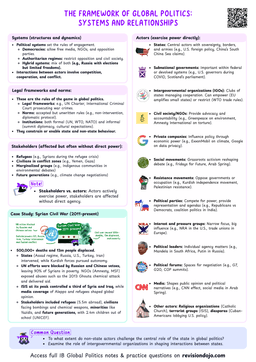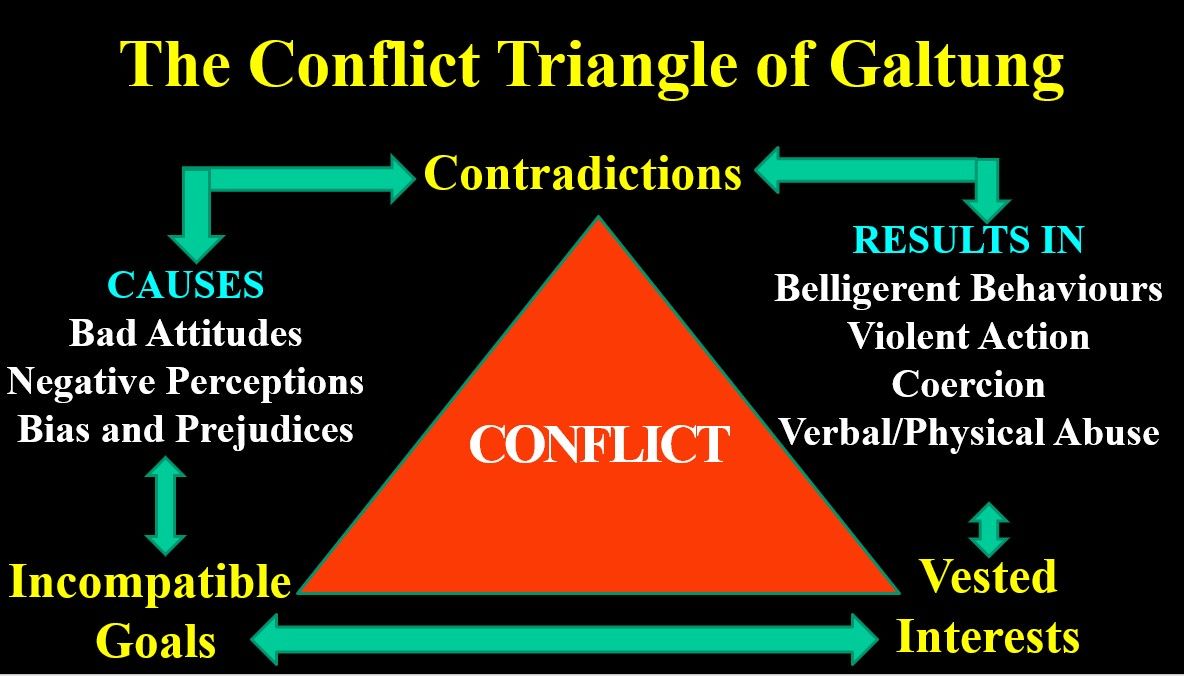What Is Conflict?

Conflict
Conflict is a disagreement or clash between individuals, groups, or states over incompatible goals, values, or resources. It can occur at various levels, from personal disputes to international wars.
Key Elements of Conflict
- Actors: Individuals, groups, states, or organizations involved in the conflict.
- Incompatibility: The core issue or disagreement driving the conflict.
- Behavior: Actions taken by actors, ranging from negotiation to violence.
- Context: The social, political, economic, and cultural environment in which the conflict occurs.
- Conflict is not always violent. It can manifest as peaceful protests, diplomatic negotiations, or legal disputes.
Types of Conflict
- Intrapersonal: Conflict within an individual, such as moral dilemmas.
- Interpersonal: Conflict between individuals, like workplace disputes.
- Intragroup: Conflict within a group, such as factionalism in political parties.
- Intergroup: Conflict between groups, including ethnic or religious tensions.
- Interstate: Conflict between states, such as wars or diplomatic disputes.
- Intrastate: Conflict within a state, like civil wars or insurgencies.
- The Syrian Civil War is an example of intrastate conflict, involving multiple domestic and international actors with competing interests.
Perspectives on Conflict
1. Realist Perspective
- Focus: Power and security.
- View: Conflict is inevitable due to the anarchic nature of the international system.
- Example: The Cold War is seen as a struggle for power between the US and the Soviet Union.
- When analyzing conflict from a realist perspective, consider how power dynamics and security concerns shape the actions of states.
2. Liberal Perspective
- Focus: Cooperation and institutions.
- View: Conflict can be mitigated through diplomacy, international organizations, and economic interdependence.
- Example: The European Union is often cited as a successful model of conflict prevention through integration.
- Liberalism emphasizes the role of international institutions like the United Nations in promoting peace and resolving conflicts.
3. Constructivist Perspective
- Focus: Ideas, identities, and norms.
- View: Conflict arises from socially constructed identities and perceptions.
- Example: The Israeli-Palestinian conflict is shaped by historical narratives and identity politics.
- Consider how language, culture, and historical narratives influence the behavior of actors in a conflict.



